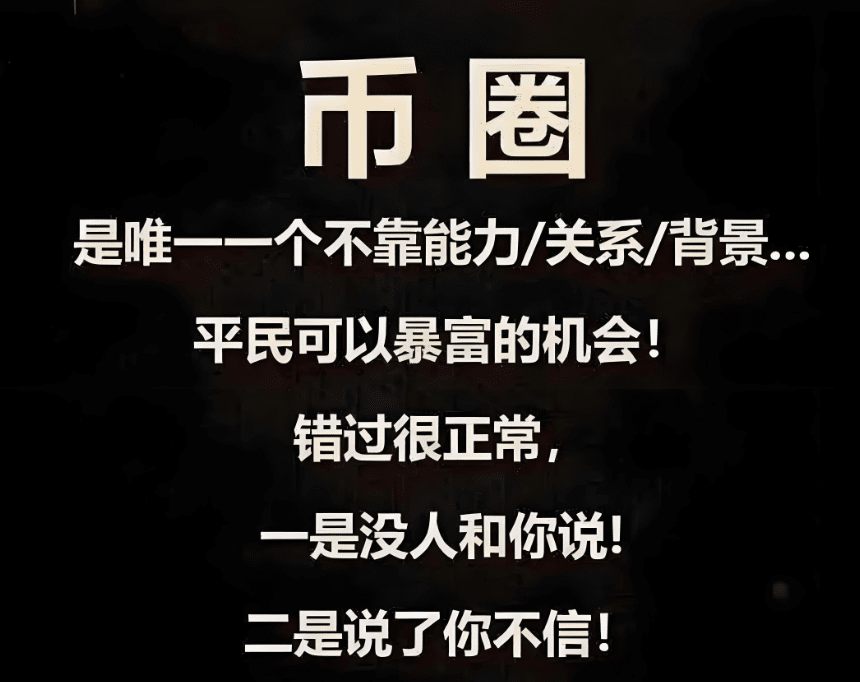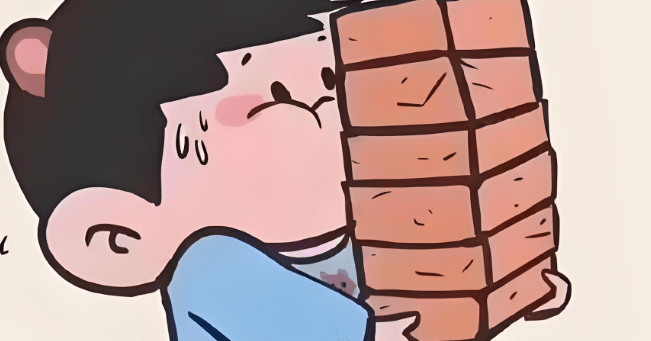Convergence · Market behavior observation
When the market falls into a panic sell-off, does a rumor that 'a certain trader shorted with a capital of 10,000 and made 10 million' make you feel as distant as an urban legend?
The core question is: why can only a very few people capture unimaginable profits under the same market direction judgment? The answer lies deep within a precise strategy called 'compound interest scaling up.'
When mentioning this strategy, one cannot help but mention another legendary figure - Tony. This name may not be well-known to the public, but in the professional trading circle, he started with 50,000 five years ago and accumulated to 20 million in a year using a rigorous system; his core principle, '258 rule,' is still revered today.

Tony - the 'leverage artist' in the waves of trends.
Tony, like Liangxi and Han Balong Wang, is a market trendsetter from the same era, active on early social media platforms. Their commonality lies in their proficient use of high leverage and the extreme execution of the compound interest scaling up strategy.
In 2021, Tony's 'God of War' battle was impressive: starting with 50,000 capital, achieving 20 million in profit within a year. The core of his success is not luck but a systematic project that combines 'dynamic leverage adjustment' and 'progressive trailing stop losses.'
In stark contrast to Liangxi's high-frequency and aggressive 'lightning war' style, Tony is more adept at 'trend folding technique': during the long market hibernation period, he is as steady as a rock, only exerting force at key nodes when the trend is established, gradually expanding small spaces into a larger pattern through the sedimentation of time.
Compound interest scaling up - 'precision surgery' for small funds fighting big trends.
What is the essence of compound interest scaling up?
It is by no means a simple 'gambling bet,' but rather repeatedly testing the market pulse with minimal risk exposure, amplifying profits through leverage effects when a one-sided trend is established, and continuously converting floating profits into new position bases to achieve exponential growth in returns.
The foundation of its success lies in strict risk control, precise trend recognition, and almost mechanical trading discipline - lacking any of these three leads to the abyss.

Strategy deduction: exponential leap paths for micro-capital.
With a capital of $300, approximately 2100 RMB. A single trial position only invests $10, about 70 RMB, using 100 times leverage, meaning that a 1% price fluctuation could double or zero that position.
Directional discipline:
Strictly follow a single direction, firmly bullish or bearish; if after 20 consecutive trials no trend is captured, immediately stop executing the strategy - this is not only a stop loss but also a protection for limited capital.
Compound interest engine starts:
Assuming in the 20th operation, a $10 position captures 1% fluctuation profit, turning into $20. At this point, withdraw $10 profit to lock it in and continue rolling the remaining $20 as a new base position.
If you capture a 1% fluctuation again, $20 will become $40. Only need to accumulate 2% effective fluctuation, the original trial capital is effectively quadrupled.
Multiplier effect manifests:
If coincidentally Bitcoin experiences a one-sided trend of 10% in one month, strictly executing this strategy, the initial capital of $300 has the potential to rise to tens of thousands or even hundreds of thousands in a short time - provided that the trader can adhere to the strategy amid severe fluctuations and not be 'washed' out.
Key points: The core difference of Tony's system.
The essence of Tony lies in the art of his position management: each time he scales up, he only uses 70% of previous profits as a new basis, while the leverage multiple is not fixed but cautiously increased with profit accumulation.

This is by no means a gamble of all-in, but rather a precise calculation made step by step.
Survival iron law: Goals and discipline are higher than technical analysis.
Set profit targets: clearly define phased profit targets, and upon reaching them, forcibly withdraw most of the profits to exit. Greed is the biggest enemy of the compound interest strategy; countless liquidation tragedies stem from the ambiguity of the profit-taking line.
Countering human weaknesses: Liangxi can be reborn after 37 liquidations, relying on an ironclad rule embedded in the marrow: strictly control a single loss within 2% of total capital; withdraw half once cumulative profit reaches 30%; stop trading forcibly after three consecutive losses.
Hibernation and restart: When the capital grows to tens of thousands through compound interest, the strategy enters a 'strategic hibernation period.' Traders must patiently wait for the market to show 'high certainty trend signals.'
Such opportunities often occur only 1-2 times a year and require enduring the brutal baptism of false breakthroughs - those who cannot tolerate loneliness and volatility have long been eliminated by the market.
Common sources of loss: Are you trapped in these three cognitive traps?
Blind trading syndrome: Ignoring market phases, frequently opening positions without direction, ultimately being consumed by fees and small fluctuations in repeated strangulation.
Get-rich-quick delusion: Obsessing over the myth of 'hundred times in one night,' unwilling to wait for high win-rate opportunities, exhausting ammunition in low-efficiency or even reverse trends.
Execution paralysis: When the planned stop loss is 5% and the actual loss is 10%, still harboring a glimmer of hope, fantasizing that the market will turn around, ultimately being completely submerged by the giant wave of the trend.
Liangxi and Tony are able to survive and thrive in a brutal market because they have 'programmed' their trading plans. For example: 'When the price effectively breaks through the previous high and trading volume increases by 150%, open a position of 3%;
Otherwise, immediately stop trading and wait for a good opportunity.' - Decision-making should not allow any emotional interference.

The harsh reality: Compound interest scaling up is the survival art on the edge of a knife.
Suitable target audience: Only 'sniper' type traders with iron discipline, deep research capabilities, and the ability to endure long-term market silence can attempt to master it.
Impatient traders will face liquidation as soon as they enter.
Core loop formula: Micro-capital trial and error → Profits rolled back into investment → Take profit upon achieving target → Forcibly rest when there is no trend.
Ultimate risk warning: Behind every legend of 'turning 10,000 into 10 million,' lie the countless bones of liquidated traders. If you decide to try, be sure to:
Validate the strategy more than a hundred times in a simulated environment.
Always keep at least 50% of the core capital off the market - this is your only spark to rise again after encountering a black swan.
There has never been a god in the cryptocurrency world, only the cruel survivor bias. Liangxi's dazzling profit of 30 million is underpinned by three liquidations and the pain of five million turning to ashes.
Respect the market and abide by the rules; this is the way to survive for the long term.
$BTC #加密货币监管
Now the phrase I say most often is: 'It's not that you can't do it, it's that the method is wrong.' I have refined this rolling position recovery model completely. I can share it, but only with those who are seriously looking to turn things around. Please do not disturb otherwise.
